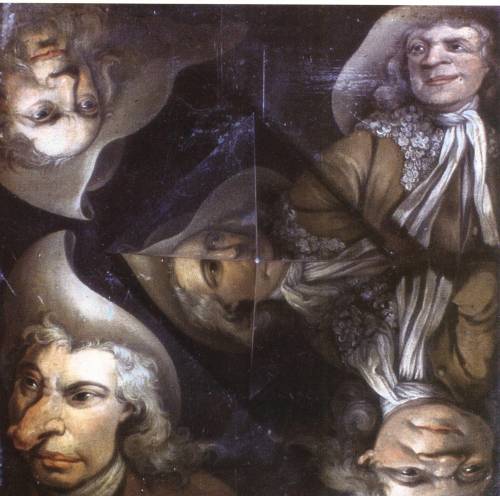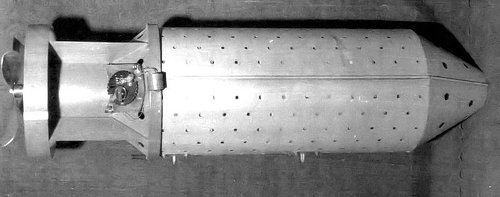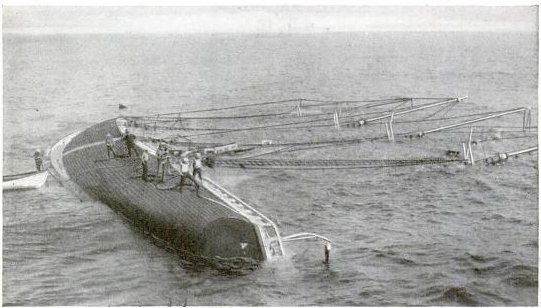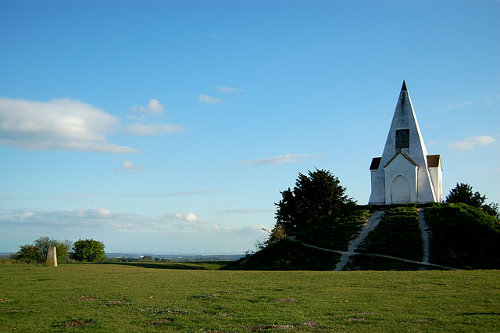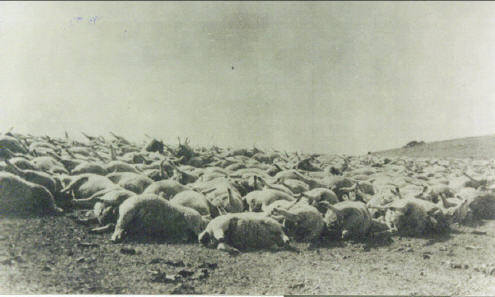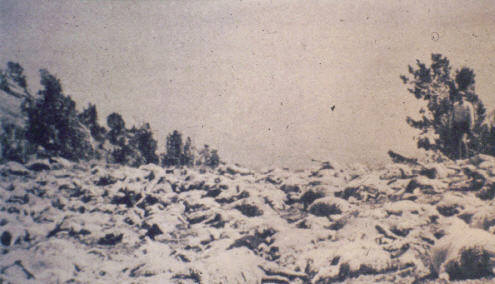In the summer of 1978, four men rowed a small boat into the deep water off Dassen Island, South Africa, to fish for barracuda. When mist overtook them, they weighed anchor and tried to return to shore, but visibility dropped so quickly that they were soon lost.
Mac Macgregor was in the bow, trying to peer through the mist, when he felt a bump on the right-hand side and discovered two dolphins there, repeatedly forcing the bow to the left, where two more dolphins were swimming.
“I realized that the dolphins’ odd behavior could be significant and shouted to Mr. [Kobus] Stander to steer to the left,” Macgregor said. “Mr. Stander pulled the tiller round wildly and we just managed to graze past the rocks.”
They continued some further distance through the mist, the dolphins continuing to force the prow to the left, and presently they just missed some further rocks — again on the right. “I was getting a strange feeling that we ought to leave our destiny to the dolphins,” Stander said, “since it was clear they had twice prevented us from running on to the rocks.”
The dolphins led the boat for half an hour until it entered calm water, then played around it briefly and disappeared. “When the mist cleared and the houses of Ysterfontein could be discerned, we were speechless,” Stander said. “We had intended going ashore at Dassen Island. We had never dreamed that the dolphins would guide us to Ysterfontein.”
In 1972, when her cabin cruiser sank in the Indian Ocean off Mozambique, a South African woman set out to swim the 25 miles to land. She was trailed by half a dozen sharks, attracted by a cut on her foot. But “as the sharks circled closer … two dolphins appeared at her side,” the New York Times reported. “The young woman, Yvonne Vladislavich, said that the dolphins guarded her against marauding sharks, escorted her as she swam and helped her stay afloat when her strength was failing.” They protected her until she was able to climb onto a buoy, from which she was later rescued.
(“Dolphins Rescue Fishermen,” South African Panorama, August 1978; “South African Reports a Rescue by Dolphins,” New York Times, Sept. 10, 1972.)
